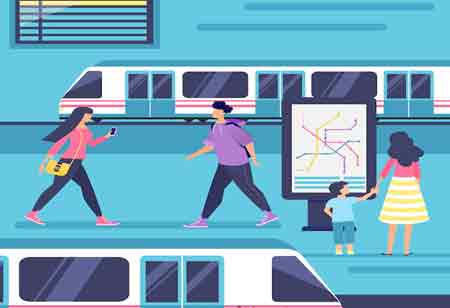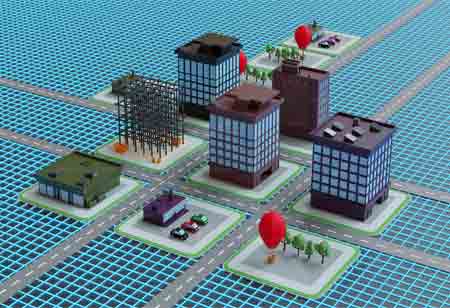Thank you for Subscribing to Gov Business Review Weekly Brief
Exploring the Essential Elements of a Public Transport
Public transportation is an essential facility for any county and its population. Certain elements make public transportation reliable and robust.

By
Gov Business Review | Thursday, September 18, 2025
Stay ahead of the industry with exclusive feature stories on the top companies, expert insights and the latest news delivered straight to your inbox. Subscribe today.
Fremont, CA: Reliable and high-quality public transportation is vital for all urban areas, particularly in lower- and middle-income nations, where it often represents the sole accessible means of transport for millions.
Furthermore, adequate public transport is crucial for tackling the escalating issues of emissions, congestion, inequality, and traffic-related violence that arise from the increased reliance on private vehicles. As cities prepare for future challenges, they must develop and maintain robust transportation infrastructure and services that cater to their communities' diverse needs.
The Essentials for a Good Public Transport
A well-functioning public transport system in contemporary society enables individuals to reach a comparable number of destinations, or even more, as swiftly and securely via public transport as they could using a private vehicle or motorcycle. Such a system also emphasizes the importance of addressing the needs of historically marginalized groups and those with limited mobility options, particularly women, children, individuals with low incomes, and persons with disabilities. A robust public transport system must embody several key characteristics, such as the seven 'C's:
● Connective: An extensive network offering frequent services, including during off-peak times and weekends, ensures minimal wait times between public transport options, resulting in shorter travel durations and coverage of nearly all areas within the city.
● Convenient: Accessibility for all users means that individuals with disabilities, older people, women, and those traveling with children or goods can effectively utilize the system.
● Consistent: Enhanced reliability leads to more predictable intervals between public transport services, reducing wait times and facilitating more straightforward access to various destinations.
● Comfortable: Services are operated safely to prevent accidents involving fragile road users such as pedestrians and cyclists.
● Cost-Effective: Reasonably priced fares are established to ensure that nearly everyone can afford the service regularly, with minimal or no extra costs associated with utilizing multiple transport modes during a single journey.
● Customer-Friendly: A system that is easy to comprehend and navigate encourages more significant usage, allowing individuals to move efficiently throughout the city.
● Clean: Services that produce minimal to no pollution can help lower barriers to expanding public transport and enhance the passenger experience by mitigating air and noise pollution.
A system's ability to enhance these qualities directly correlates with the support it can offer its passengers. The process of making planning decisions regarding public transportation is inherently complex. Each city's transport network has distinct advantages, disadvantages, and challenges, and every initiative and policy entails specific benefits and costs that must be evaluated locally. There is no one-size-fits-all solution. Nevertheless, adequate public transportation remains essential for the proper functioning of a city, and the attributes of sufficient public transport are indeed universal.
More in News






